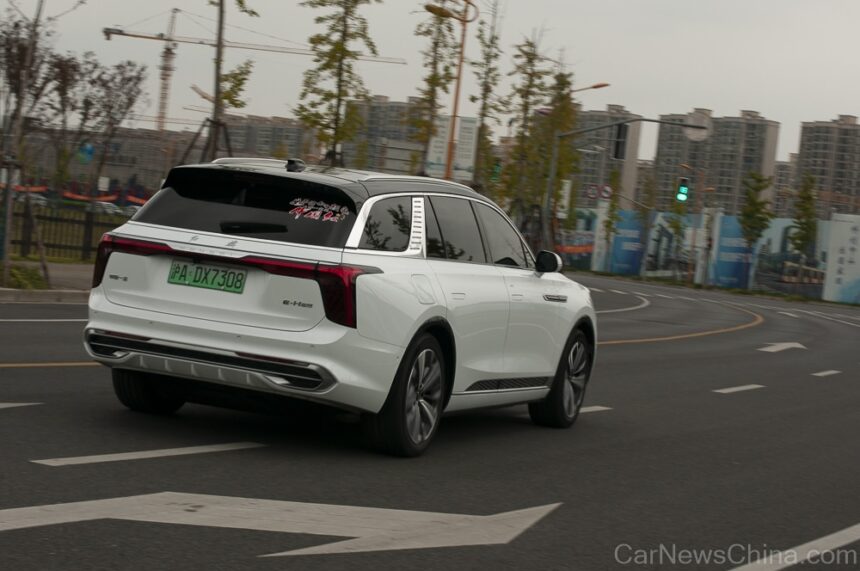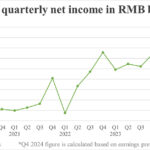The rise of new energy vehicles (NEVs) in China is reshaping the country’s automobile industry. According to recent statistics, NEVs accounted for 41.83% of newly registered cars last year, marking a significant shift in the composition of China’s car fleet.
At the end of 2024, there were 353 million cars on the road in China, with 31.4 million of them being NEVs. The term NEV encompasses fully electric vehicles as well as plug-in hybrid electric vehicles (PHEVs) and extended-range electric vehicles (EREVs), although fully electric vehicles dominate the market with 22.09 million units, representing 70.34% of all NEVs.
The sales of NEVs in China have experienced exponential growth, rising from 1.2 million in 2019 to 11.25 million in 2024, nearly a tenfold increase in just six years. It is projected that NEVs will account for more than half of all car sales in 2025, with monthly sales figures already surpassing this threshold in certain months last year.
The surge in NEV adoption can be attributed to various subsidies and incentives provided by the government, as well as the lower operating costs and improved charging infrastructure associated with electric vehicles. Additionally, a recent report from the Ministry of Public Security revealed that there are 506 million people in China with passenger car driving licenses, indicating a significant potential for future car ownership as the country’s wealth continues to grow.
In 2024 alone, 22.26 million new driving licenses were issued in China, further underscoring the strong demand for cars in the market. The shift towards NEVs is not only driven by environmental concerns but also by the technological advancements and economic benefits that electric vehicles offer.
As China continues to lead the way in the NEV market, it is clear that the future of transportation in the country is electric. With a growing emphasis on sustainability and innovation, NEVs are poised to play a key role in shaping the automotive industry in China and beyond.
Source: Fast Technology.





